Briefly discussed in this post: 8 books (Catch Them Before They Fall; Attachment and Loss, Vol. 3; We Are Electric; Methodology of the Oppressed; Indigenous Men and Masculinities; Old Growth; Sludge Utopia; and Things My Son Needs to Know About the World); 3 movies (Renfield; Beau is Afraid; and Donbass); and 5 documentaries (Sunless Shadows; Owned; Anna Nicole Smith; Money Machine; and Shiny Happy People).
Books
1. Bollas, Christopher. Catch Them Before They Fall: The Psychoanalysis of Breakdown (2013).

Almost all of us, Bollas argues, experience some kind of grief, loss, hurt, or injury, in our formative years, the full understanding and consequences of which we spend subsequent years burying in our subconscious. However, in our adult years, we usually come to a time in life when our core-self feels as though it can emerge through the defenses our ego-self has built up around protecting us from this part of ourselves and our pasts. When this occurs, we experience this as a breakdown. In the standard medical model, people experiencing such breakdowns might be temporarily hospitalized in a mental health ward, or be provided some coping skills via CBT or DBT sessions at a community based mental health institution but Bollas argues that this is precisely the wrong way to respond to such breakdowns. While painful, disruptive, even temporarily almost entirely incapacitating (the ego doesn’t like when its defenses collapse and when it is forced to face into things it has spent years avoiding) these are also opportune moment for deep personal transformation. Hospitalizations and classes in DBT, while perhaps increasing a person’s ability to continue to function as a worker at their job, tend to force our wounds back down inside of us without healing us. And, once done, the self may never emerge again in this way to see transformation. Thus, in this book, Bollas demonstrates how he spends time with people who are going through breakdowns in a way that allows the self to emerge and that assists the analysand with turning their repressed past into a history that makes sense to them and, in this process of sense-making, become consciously absorbed into the self who is then enabled to develop new ways of being in the world. It’s a great little book and Bollas has definitely become a new favourite author of mine.
2. Bowlby, John. Attachment and Loss Volume 3: Loss Sadness and Depression (1980).
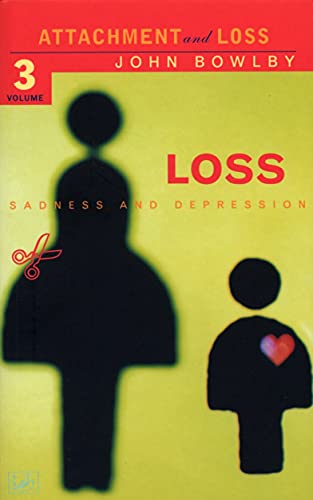
This volume on loss (particularly the death of a child or parent/care-giver) is the third and final volume of Bowlby’s bible of attachment theory. As with the previous two volumes, I found a really useful set of core theses, some gems that aren’t captured in more compressed presentations of attachment theory (like A Secure Base, the book he did with Mary Ainsworth), and then a whole ton of case studies and discussions about research methodologies (which I mostly skimmed over). I tend to geek out over things that interest me but, for those who are more more casually interested in the topic, I reckon A Secure Base covers it just fine.
3. Adee, Sally. We Are Electric: Inside the 200-Year Hunt for Our Body’s Bioelectric Code, and What the Future Holds (2023).

A few months ago, I realized that I know nothing about bioelectricity. Forty-three years old and I know nothing at all about this topic! How did that happen?? So, I read this book by Sally Adee and it was full of fascinating information about our bodies and how they work and the whole idea of an “electrome” (kind of like our microbiome but zappier) which is mind-blowing and which we are only really starting to learn about now. As with most works of popular science, this book doesn’t quite have as much science as I would like (but what it has is amazing!) and is a bit heavy on history in relation to notable figures in science, but all in all, I really enjoyed it.
4. Sandoval, Chela. Methodology of the Oppressed (2000).
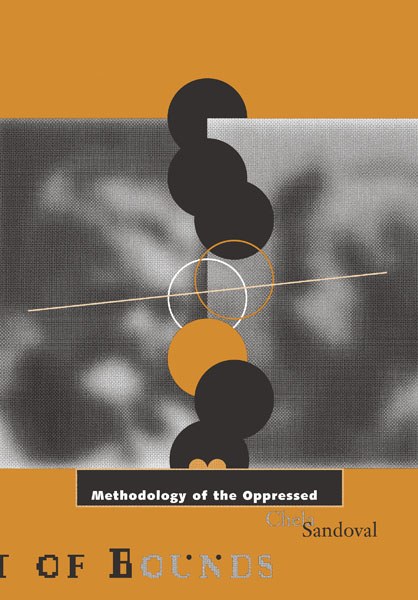
On-the-ground participation within living-resistance to oppression changes how one goes about engaging in theoretical work related to liberation. This is especially clear in Chela Sandoval’s work on the mythology of the oppressed and how BIPOC feminists can engage with dominant modes of consciousness and mainstream reformist-but-really-in-a-lot-of-ways-still-oppressive forms of White feminism. She urges intersectionality, the strategic deployment of various tactics depending on one’s particular context, and the cultivation of a “differential consciousness” that is not so wed to one approach that it becomes unable to bob, duck, and weave, in all the ways that the oppressed are compelled to do in order to carve out hopeful lives for themselves within the context of oppression. I found her work encouraging and her analysis of the despair of both Jameson and Barthes to be illuminating. It’s also interesting to see, when going back to read works by BIPOC feminists, just how long they have been saying things that only now are seeping their way into popular consciousness.
5. Innes, Robert Alexander, and Kim Anderson (eds.). Indigenous Men and Masculinities: Legacies, Identities, Regeneration (2015).
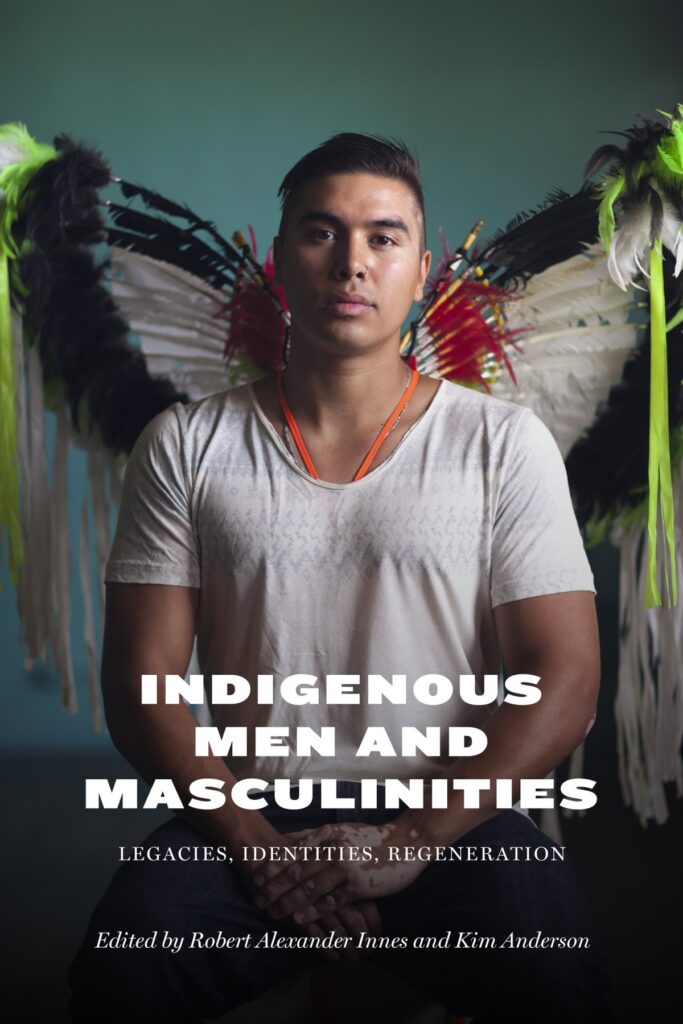
Heteronormative, violent patriarchalism is one of the core disciplinary powers of European settler colonialism and, as shown by some of these authors in this collection, has, itself, been shaped by the act of colonization, even as it goes on to create colonized subjects and. These essays collected here explore the ways in which this component of settler colonial subjectification continues to affect Indigenous men, what other models of masculinity (along with other approaches to gender) have been denied, lost, or suppressed, and how Indigenous men (but also men in general) might find ways to decolonize masculinity (or, as some argue, abandon it altogether). I enjoyed reading this book and appreciated the way it provided me insight into what it mean for me, as a White man, to contribute to decolonization.
6. Yahgulanaas, Michael Nicoll. Old Growth (2011).
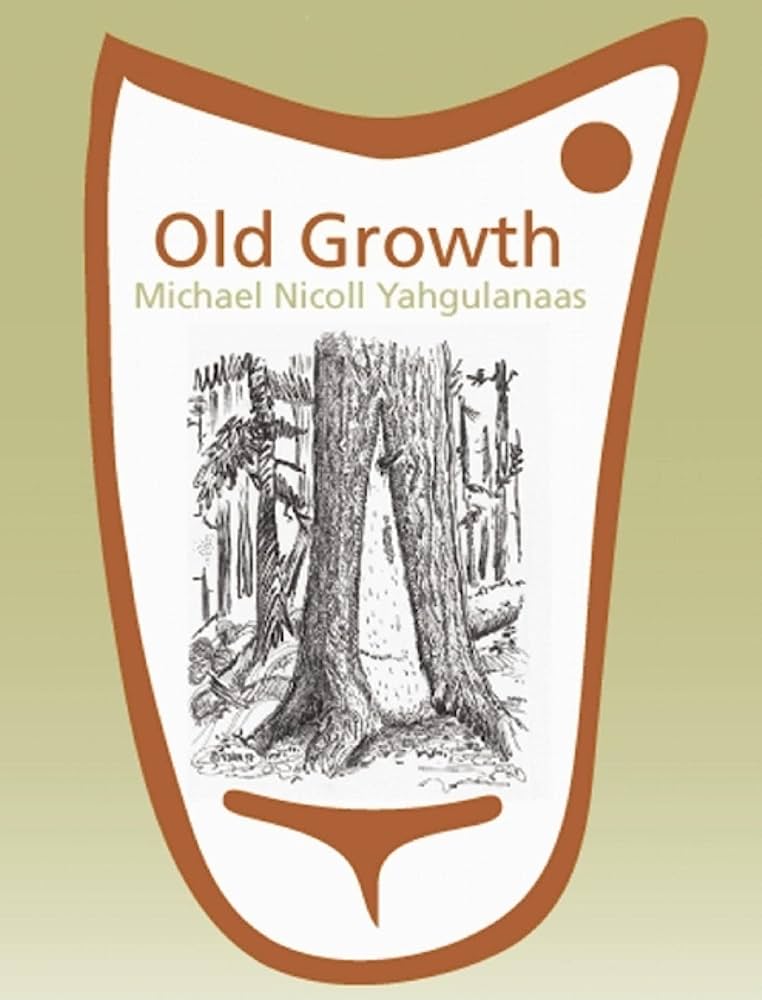
Michael Nicoll Yahgulannas is a Haida artist and political organizer on Haida Gwaii. This book, essentially a piecemeal graphic novel edited by Liz Parker, collects some of his cartoons, drawings, stories, and interviews, especially as they relate to Haida story-telling and resistance to Canadian eco-imperialism and colonization via the logging, shipping, and oil industries. There is a mixture of timeless themes with very particular actions and events (from the 1970s to the early 2000s), as well as a mixture of the sacred (forest, ocean, people, sovereignty) with the irreverence of tricksters (like the raven) or comics that seem to be influenced by Mad Magazine or Robert Crumb. A quick and entertaining read that, due to its fragmented nature, will probably appeal a lot more to collectors than to general readers.
7. Fatima, Catherine. Sludge Utopia (2018).
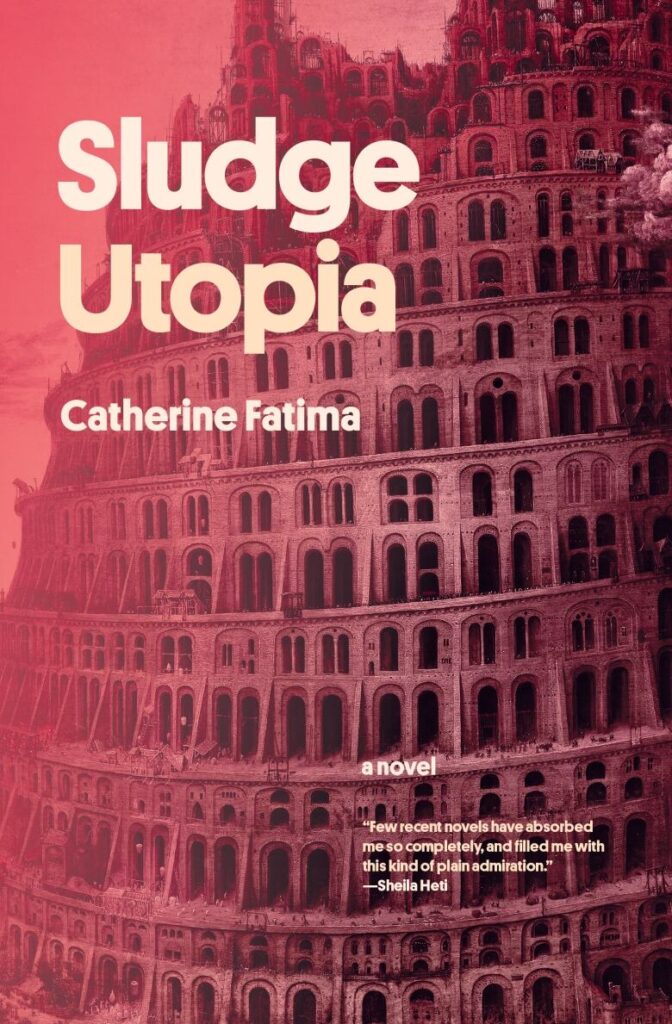
There is a clique of up-and-coming Canadian lit writers who I associate with the Maggie Nelson-style auto-theory genre of writing (literature that exists after blogging, as I think of it, which is not a diss on Maggie Nelson, as I think she is one of the GOATs of literature). Catherine Fatima writes from that location and she writes well. Contemporary Canadian lit feminist writers are doing a phenomenally better job than the old guard who are wed to Whiteness, class, and power (yeah, I’m looking at you, Atwood, and your self-serving and exploitative betrayal of feminism). It’s a genre that mixes the intimate with the grandly theoretical, reality-TV-style prose with technical philosophical language, the mundane and the crass with the neurotic and the profound. I enjoyed this book and Fatima’s voice throughout.
8. Backman, Fredrik. Things My Son Needs to Know About the World (2012).

I mostly dislike comedies that aim to be humourous, be they movies or books. I don’t watch comedians. But there is something about Scandinavian humour that really works for me. Ruben Östlund, Roy Andersson, Anders Thomas Jensen, I dig these directors and their films, aaaand I also chuckled and enjoyed the two Fredrik Backman novels I have read. So, when I saw that he had written something more personal but still playful, I thought I would check it out. It’s a quick read and cute and funny and, for the most part, I enjoyed it.
Movies
1. McKay, Chris. Renfield (2023).
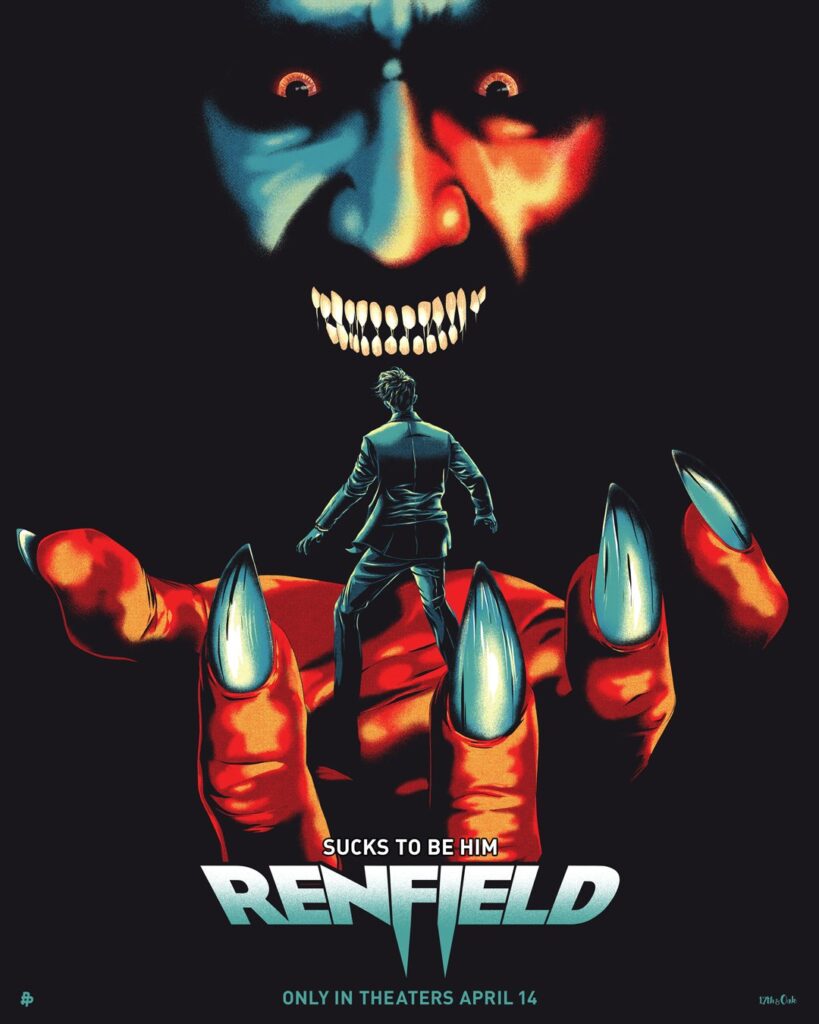
I wanted to like Renfield. Because Nicholas Cage is Dracula. Aaaaand that’s all I knew about the movie. Oh, and that it was supposed to be funny and gorey but not so much ew gorey as funny gorey. So funny and funny gorey. Plus there were ska jokes (so niche—my niche!). And Nicholas Cage is Dracula. You can’t really fuck that up, right? Weeeeeeell, it turns out that you kinda can. Just don’t give Cage too much screen time and focus on flat, played-out, boring af sideplots that we’ve seen in 101 different movies before. Like the cops and gangs storyline (although the sign hanging-up in the cop shop that said, “Don’t solve the crime until overtime” made me laugh). Come on. I’m not here for a “one honourable cop in a corrupt police department” story. I’m here for, maybe I mentioned this already, Nicholas Cage as Dracula. Oh well.
2. Aster, Ari. Beau is Afraid (2023).
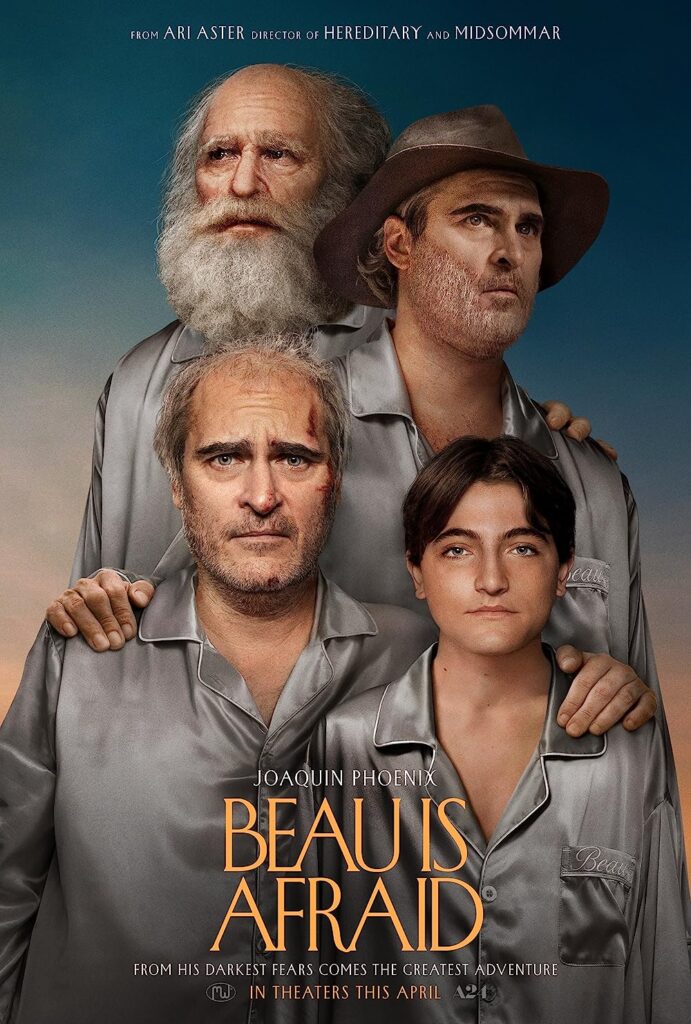
Ari Aster is currently one of the darling directors of the so-called “cerebral horror” and “folk horror” subgenres. Hereditary (2018) and Midsommar (2019) were both major successes, but I’ve always been a little more on the fence about his work—I feel like maybe he was a gateway drug to cerebral and folk horror for a lot of younger viewers who may not have been exposed to some of the better works in this subgenre (things like Let the Right One In [Alfredson, 2008]], Raw [Ducournau, 2016], Only Lovers Left Alive [Jarmusch, 2013], The VVitch [Eggers, 2016], November [Sarnet, 2017], or even The Cabin in the Woods [Goddard and Whedon, 2011]). I thought Hereditary was… good… and Midsommar was… not bad, but felt that there was still enough creativity and technical talent in Aster’s work to continue to check out his work. Well, after an initially hopefully 30 minutes, the remaining 2.5hrs (yes, this film really is three hours long) are an absolute grind. The only thing I enjoyed about this film is that, on a night when I was struggling to sleep because my kids were having a major sleepover party with a mob of their friends, it managed to bore me back to sleep every time they woke me up. Honestly, I’m annoyed that directors who bring in money for studios are granted the ability to make such crummy films—I expected better from A24—and I’m annoyed at myself for choosing to watch the whole thing. Learn from my mistakes! Don’t watch this movie.
3. Loznitsa, Sergei. Donbass (2018).

Autocratic bureaucracies create worlds that are equal parts absurd and violent. Absurdity and violence, in turn, produce desperation, immiseration, and despair for most people, while becoming avenues to plunder, pleasure, and power for a very few people. Sergei Loznitsa, the Belarusian turned Ukrainian film director, has focused on these things in his films (I have now watched four out of five of his feature films but none of his documentaries—although I am keen to check them out given that, amongst other things, two of them are focused on the writings of W. G. Sebald). In Donbass, he presents a series of somewhat loosely interconnected vignettes on life in the regions of Eastern Ukraine that declared independence in 2014 (and were then occupied by the Russian military). It has something of a Roy-Andersson-but-bleaker vibe. There aren’t really any good sides or good people here. There is the brutality and exploitation of the occupiers and the few locals who are getting rich alongside of them, and there is the brutality of the Kyiv-based fascist military units in the West, and there is the brutality of everyday people who are surviving a world immersed in violence and, my oh my, what an utterly inescapable, all-pervasive, and utterly mundane hell we have created for ourselves. Good job, everyone.
Documentaries
1. Oskouei, Mehrdad. Sunless Shadows (2019).
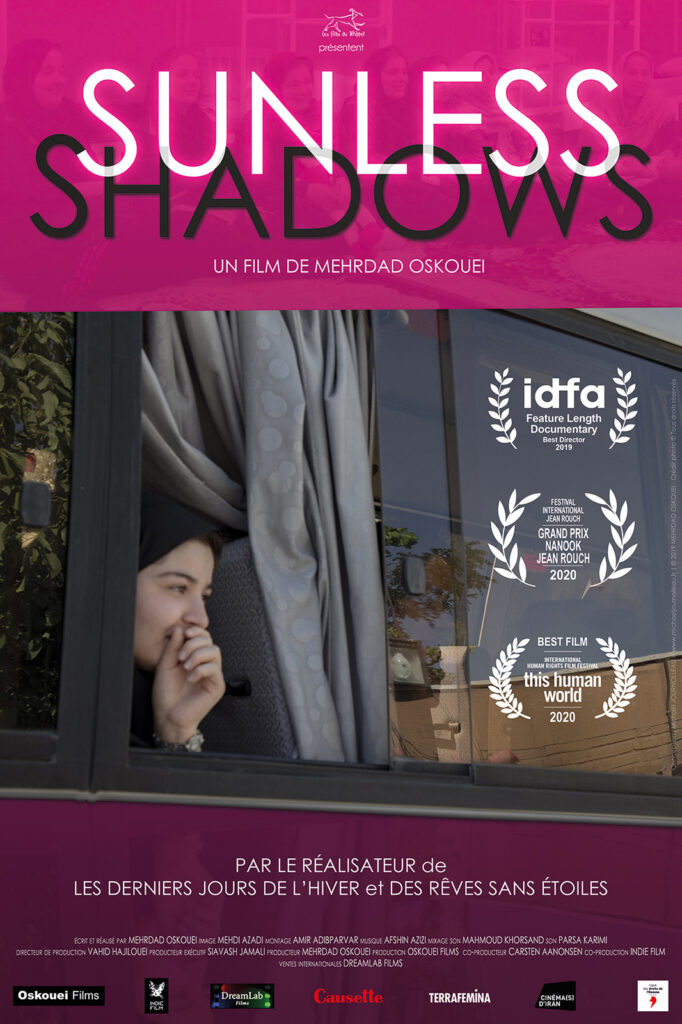
A few years ago, I watched Starless Dreams (2016), Mehrdad Oskouei’s film about teenage girls and young women who are incarcerated in Iran (for various crimes—murder, theft, trafficking cocaine…). In Sunless Shadows, he returns to this prison facility (which is more like a group home and, in fact, a safe haven for young women who were victims of violent fathers or spouses and who were forced to navigate a patriarchal society without any social supports). The years he has spent developing relationships with the young women, and the confessional camera he sets up that permits women to share their stories without anyone else around, definitely add to the emotional force of the film. His focus, this time, is a group of half a dozen teenage girls who are incarcerated for killing their fathers or spouses or other male family members. What becomes clear is that every person was the victim of violence at the hands of the person they killed or helped to kill, that they reached out for help from other family members or the police and were denied any help, that the suffered violence for years, and that they finally responded to that violence by killing their abuser. What also becomes clear is that, if a death sentence can be avoided, the prison faciality (or “rehabilitation centre”) where they are being held may end up offering them the safest place and the most intimate relationships they will experience in their lives. It’s hard not to compare this facility—where play, education, meditation, conflict resolution, baby ducklings, and even baby humans (teens with babies are permitted to have their babies with them) are all present—with documentaries about prison facilities for teens in the United States which are breeding grounds of violence, predation, exploitation, and trauma. Having spent more than twenty years working with young women who are abandoned and deprived of housing, and having had a very intimate look at the ubiquitous misogyny and gendered violence of our own society, I don’t think abandoned, isolated, orphaned, or vulnerable Iranian teenage girls experience the streets of the city too much differently than abandoned, isolated, orphaned or vulnerable teenage girls here, but I do think that, when incarcerated, Iranian teenage girls receive far better care. Oskouei continues to impress me with his films. Recommended viewing.
2. Angelini, Giorgio. Owned: A Tale of Two Americas (2018).
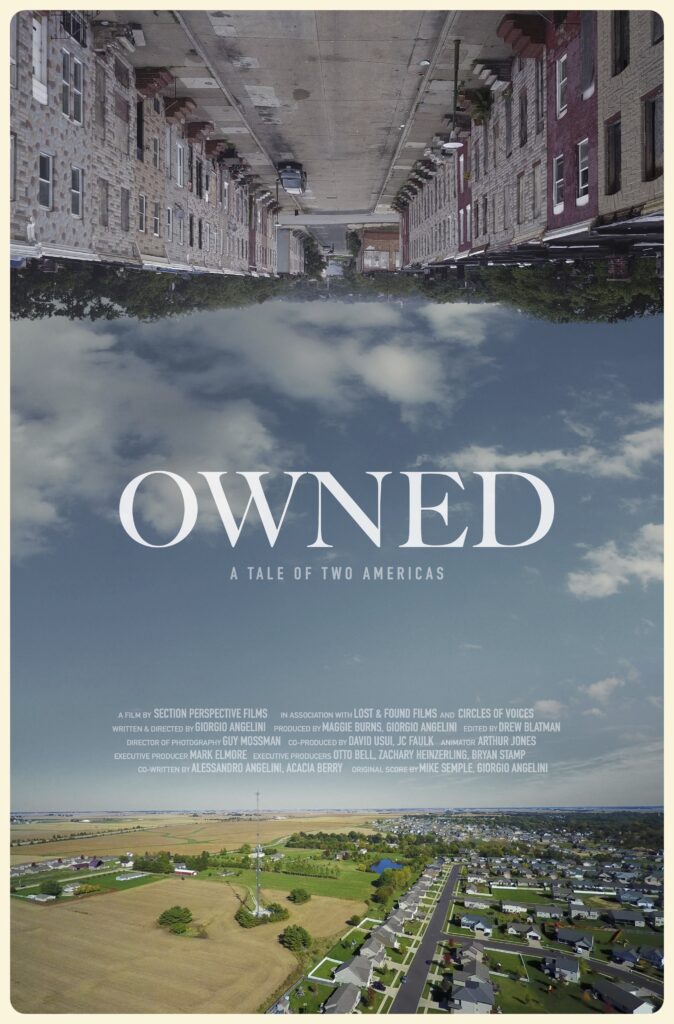
If you read anything about housing, the so-called “housing crisis” (which is really a crisis related to private property, investments, and the hoarding of wealthy people who are willing to let others die so that they can get richer), or the history of racial capitalism and how it affected municipal development, suburban growth, the decline of the inner city, and then gentrification, you start to hear the same story over and over. Mostly everybody agrees on the broad strokes and a who lot of introductory films and books will give you those broad strokes. This documentary is one example from that genre. If you are new to this topic, then it will be of interest to you. If you’re already familiar with it, you’ll find nothing particularly new or unique here.
3. MacFarlane, Ursula. Anna Nicole Smith: You Don’t Know Me (2023).

Given that excellent documentaries have been made recently, re-examining oft-mocked, much-maligned female-identified stars from the ‘90s and early 2000s (from Britney Spears to Britney Murphy to Pamela Anderson), it makes sense that Netflix would want to pick up a documentary about Anna Nicole Smith. Unfortunately, this presentation fails to live up to the its truly thought-and-feels provoking predecessors, and, by the end of it, I didn’t feel like I knew Anna Nicole Smith any better after watching it than before. It never dives where it should and, instead, stays continually on the surface. There is all kinds of potential here but, alas, this study of a tabloid star never ends up feeling like anything more than a tabloid story but with moving pictures.
4. Denison, Ramsay. Money Machine (2020).

Given the monumental number of people harmed—61 killed, 413+ injured by gunfire and shrapnel (and a total of ~867 people injured in chaos of fleeing crowds of people)—it’s rather remarkable that a well-produced, well-directed, well-thought-out documentary of the 2017 mass shooting in Las Vegas has not been made. I’ve been looking for it and Money Machine is the second documentary I’ve watched on the topic but, like its predecessor, it comes up short (aaaaand I only just realized both documentaries were by the same director—dangit!). The content is compelling—harrowing survivor stories mixed with tales of rampant corruption in the police-politics-and-capitalism triad—but Denison doesn’t fit it together well. It comes across like a documentary made for day-time TV in the ‘90s. Onwards.
5. Crist, Olivia and Julia Willoughby Nason. Shiny Happy People: Duggar Family Secrets (2023).
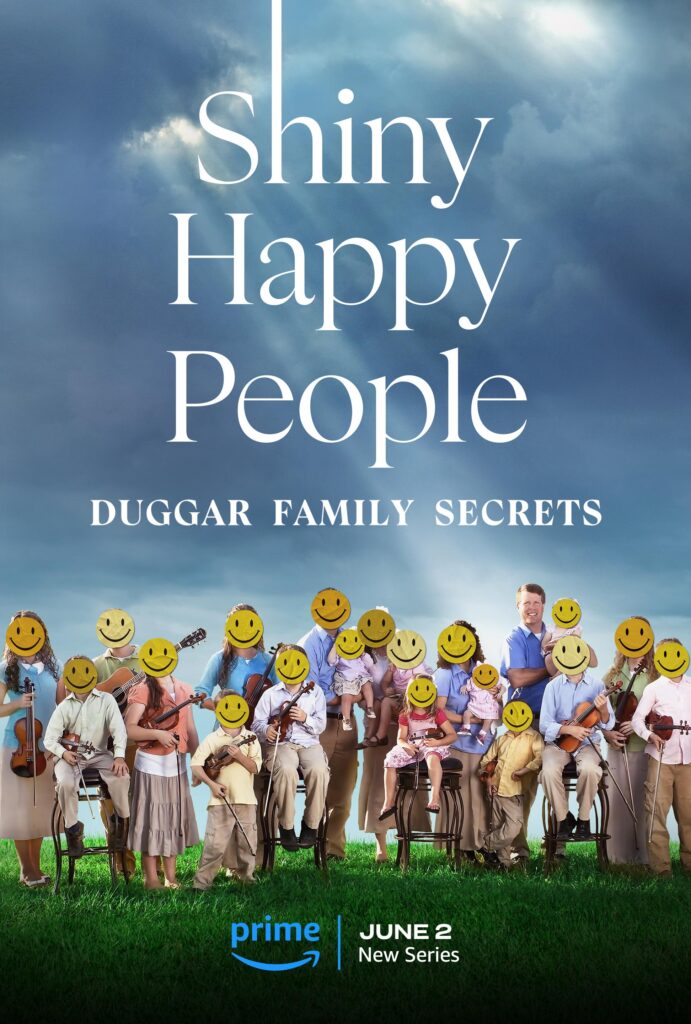
Having myself been homeschooled by Conservative Evangelical parents, and knowing what its like to maintain a public-facing image of a perfect happy family (children so well-behaved, so still, so obedient), while living in the private fiefdom of a terrifyingly abusive patriarch, I watch docuseries like this one and think, fuck, my brothers and I sure did good to get away from all that shit. My dad’s mental illness was of the sort that he brought us into close proximity to the shit that Crist and Nason expertly examine about the Duggars, American Evangelicalism, home-schooling, and Bill Gothard’s pedo-Christo-fascist cult, the Institute in Basic Life Principles, but it also ultimately stopped my old man from diving fully into that shit (due, in part, to his inability to really get along with any adults in any kind of meaningful way, and his wariness about really inviting any outsider into his personal domain). Anyway, this four-part docu-series is a solid exposé and deconstruction of that whole side of White Protestant Christianity. What a fucking mess—props to the survivors and those who both got out and had the courage to speak out.